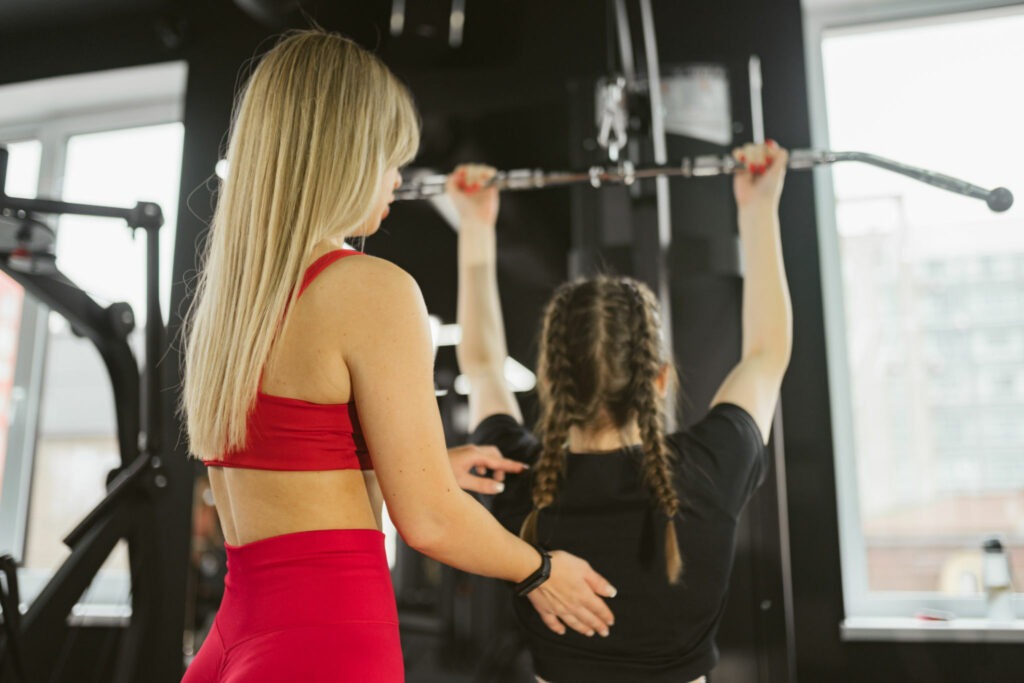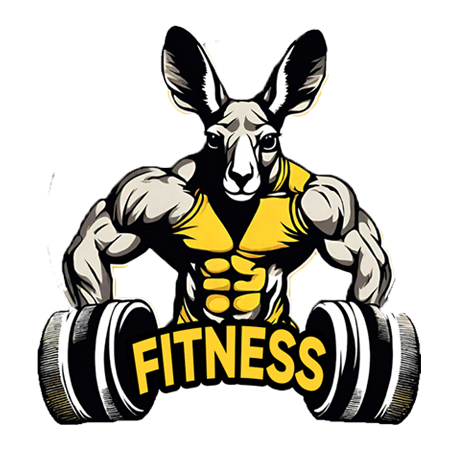
Table of Contents
ToggleIntroduction
In the ever-evolving landscape of fitness, a paradigm shift is occurring—away from rigid workout routines and towards a more intuitive approach. This article explores the concept of intuitive exercise, emphasizing the importance of listening to your body’s needs for a holistic and sustainable fitness journey.
Intuitive exercise involves tuning into your body’s signals and adjusting your workout routine accordingly. It’s a personalized approach that values the connection between mind and body.
Understanding and responding to your body’s cues is essential for overall well-being. Intuitive exercise encourages a mindful and adaptable fitness routine that aligns with individual needs and energy levels.
Connecting Mind and Body
Mindful Movement
Start your exercise by moving mindfully. Instead of just going through the motions, concentrate on every movement. Notice how your body reacts to each action. This way, you’re not just doing exercises like a robot; you’re being more aware of what your body is doing and how it feels while doing it. It’s like taking the time to really understand and listen to what your body is telling you as you move.
Tuning into Physical Sensations
Pause during your workout to feel what your body is telling you. Notice where you feel tight, uneasy, or relaxed. This feeling is important for intuitive exercising—it’s like the base, the starting point. When you pay attention to these sensations, you’re building the way you understand how your body works. It’s like listening to your body’s signals and learning from them while you exercise. That helps you know what your body needs and how to move in a way that feels good for you.
Customizing Your Workout
Tailoring Exercises to Your Energy Levels
Understand that your energy changes. Adjust how hard and what type of exercise you do depending on how you feel. This flexibility helps you stick to exercising for a long time. Instead of pushing too hard when you’re tired of doing less when you’re full of energy, listen to your body. It’s like matching what you do with how you feel. This way, you won’t get tired or bored quickly. You’ll find it easier to keep exercising because it fits how you’re feeling each day.
Adapting Intensity Based on Comfort
Intuitive exercising means trying new things that challenge you, but not going too far. If something hurts, don’t force it. Push yourself a bit, but stay in the zone where you feel good. It’s like testing your limits without causing harm. Rather than ignoring pain, it’s about finding ways to challenge yourself without hurting your body. This way, you keep getting stronger without risking getting hurt. It’s like walking that line between pushing yourself and making sure you’re still feeling good while doing it.
Recognizing Signals
Understanding Pain versus Discomfort
It’s important to know the difference between discomfort and real pain. When your muscles are working, they might feel uncomfortable, like a stretch or a little ache. That’s okay—it means they’re getting stronger. But if you feel a sharp or long-lasting pain, that’s different. That’s your body saying, “Hey, something’s not right.” When you feel that kind of pain, it’s best to be careful. It’s like knowing the signals your body sends: discomfort is okay, but sharp or lasting pain means you should take a break or check in with someone who knows about it.
Identifying Signs of Overexertion
Doing too much can tire you out and even cause injuries. If you’re feeling tired all the time, not doing as well in your exercises, or getting easily annoyed, those are signs. It’s like your body saying, “Hey, I need a break!” When you notice these signs, it’s important to change things up. Maybe take it a bit easier or even take a break for a while. It’s like giving your body the rest it needs so you can come back stronger and avoid getting hurt. Listen to those signals to keep yourself feeling good and healthy.
Intuitive Exercise Practices
Incorporating Flexibility and Variety
Embrace flexibility in both your routine and types of exercises. Intuitive exercise encourages variety, preventing monotony and addressing different muscle groups.
Embracing Rest and Recovery
Rest is integral to intuitive exercise. Prioritize recovery days, allowing your body to heal and preventing the risk of overtraining. It’s during rest that your body strengthens and rebuilds.
Benefits of Intuitive Exercise
Enhanced Physical Well-being
Intuitive exercise fosters a healthier body. By responding to your body’s needs, you can reduce the risk of injuries and promote a sustainable fitness journey.
Improved Mental and Emotional Balance
The connection between mind and body extends to mental well-being. Intuitive exercise can reduce stress, enhance mood, and contribute to overall emotional balance.
Intuitive Eating and Exercise
Aligning Nutritional Choices with Intuitive Exercise
Intuitive eating complements intuitive exercise. Listen to your body’s hunger and fullness cues to align nutritional choices with your physical activity.
Creating a Holistic Wellness Routine
Combine intuitive eating and exercise for a holistic wellness routine. This integrated approach considers both physical activity and nutritional choices for overall health.
Overcoming Challenges
Breaking Free from Traditional Fitness Norms
Challenge conventional fitness norms. Embrace the freedom to tailor your workouts, breaking away from rigid structures that might not align with your body’s needs.
Building Confidence in Intuitive Approaches
Developing confidence in intuitive exercise takes time. Celebrate small victories and positive changes, reinforcing the value of this personalized approach.
Real-Life Success Stories
Showcasing Individuals Embracing Intuitive Exercise
Real-life success stories highlight individuals who’ve thrived with intuitive exercise. These stories serve as inspiration and demonstrate the transformative power of listening to one’s body.
Illustrating Transformations in Physical and Mental Health
From improved physical strength to enhanced mental resilience, these narratives illustrate the profound transformations that intuitive exercise can bring about.
Expert Insights
Perspectives from Fitness Professionals
Experts in the field emphasize the importance of an intuitive approach. Their insights guide individuals toward a balanced and sustainable fitness journey.
Recommendations for Integrating Intuitive Exercise
Fitness professionals offer practical recommendations for integrating intuitive exercise, emphasizing the importance of gradual progression and consistency.
Conclusion
In conclusion, intuitive exercise invites you to embrace a fitness journey that’s tailored to your unique needs. By listening to your body and adapting your routine accordingly, you can achieve sustainable and fulfilling fitness.
The transformative power of intuitive exercise lies in its adaptability and sustainability. Encouraging individuals to explore this approach and truly listen to their bodies can lead to a more fulfilling and enjoyable fitness journey.
FAQs
- What is intuitive exercise?
It means tuning into your body’s signals during workouts, adjusting movements based on physical sensations.
- How does intuitive exercise benefit me?
It reduces the risk of injuries, fosters a healthier body, and contributes to improved mental and emotional well-being by aligning with your body’s needs.
- How can I listen to my body during exercise?
Tune into physical sensations, recognize discomfort versus pain, and be aware of signs of overexertion. This helps you adjust your workout for a safer and more effective experience.
- Can I combine intuitive eating with intuitive exercise?
Absolutely! Align nutritional choices with your body’s cues, incorporating intuitive eating principles to create a holistic wellness routine that considers both exercise and nutrition.
- How do I overcome challenges in intuitive exercise?
Break free from traditional fitness norms, embrace variety in workouts, and build confidence in this approach over time. Celebrate small victories and stay consistent for a fulfilling fitness journey.
